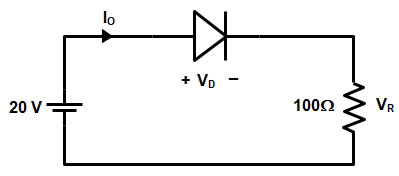Creeping Error
The slow but continuous rotation of the energy meter (Induction type) when only the pressure coil is excited and no current is flowing through the current coil is called creeping. This error may be due to excessive friction compensation, excessive voltage supply, stray magnetic field, etc.
In order to prevent creeping at no-load, two holes of the same radius are drilled in the disc on the opposite side of the spindle.
